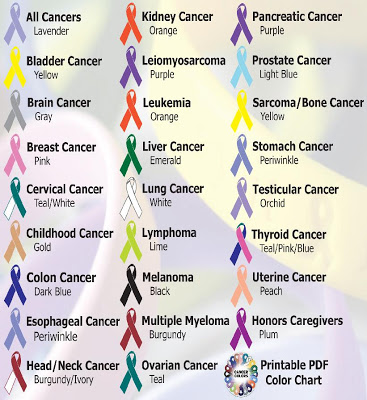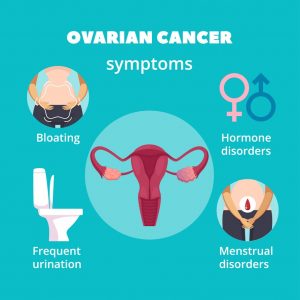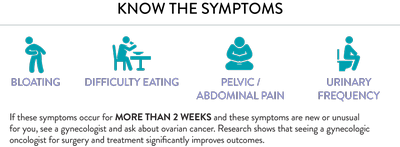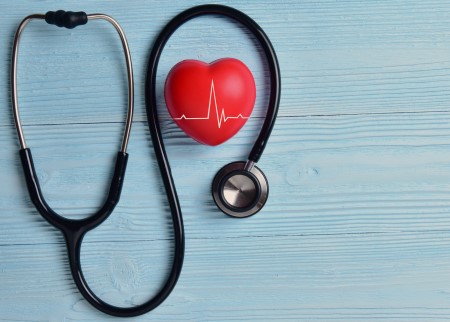
Trying to sleep but can’t? Sleep is vital for the proper functioning of our body, and there are many reasons why you cannot sleep, and here we will look at what are the causes of insomnia and how to get rid of them.
It is often said that sleep deprivation is when you cannot sleep, and it is not a disease. This is a common misconception. Sleep deprivation is often caused by too much or too little sleep and has nothing to do with mental health.
There are no hard and fast rules about when sleep deprivation occurs. Sometimes it happens unexpectedly and you may not sleep at all. In other situations, you may need several hours of rest each night, while in others, seven. It really depends on the person.
A common cause of insomnia is when you are in a negative cycle when it becomes difficult to fall asleep. For example, if you have a stressful job or constantly interrupt work, or if you have a family or social life that does not seem to be going according to plan, then it is very difficult to sleep.
If you find yourself waking up several times during the night and waking up after midnight, you may be suffering from sleep deprivation. During the day, your body will feel tired, and in this case it will be difficult for you to sleep.
In some cases, insomnia can be caused by allergies. For example, dust mite spores can irritate the nasal mucosa and interfere with sleep by interfering with breathing. Other allergies are caused by food, such as dairy products, chocolate, and more.
Some people suffer from a condition known as sleep apnea. This is when the airways become restricted, making it difficult to breathe during the night. This can lead to snoring and, if left untreated, can lead to other sleep disorders such as hypoglycemia. Sleep apnea also causes various medical problems.
You may not be able to sleep because your mind is worried about something. A common cause of insomnia is anxiety and stress, especially when work or lifestyle changes occur. A common sleep aid is getting regular sleep during the day, or at least after dinner. Exercising before bed and sleeping after being overweight can help.

Sometimes you cannot sleep due to depression. This is what causes you to experience mood swings that interfere with your sleep.
The most common cause of sleep deprivation is insomnia because it causes constant anxiety throughout the day, which can make it difficult to sleep. Since your mind is in constant motion, you cannot relax.
Self-hypnosis can help people fall asleep. The first thing you should do is make sure that you are relaxed and calm before starting the relaxation process.
You need to focus on certain trigger points that may be causing you anxiety or anxiety. This will allow you to relax the part of your brain that controls the mind.
Once you’ve done that, you can move on to the next trigger point and so on and so forth. Eventually you will find yourself falling asleep. Therefore, when you are unable to sleep, you may be surprised at how easy it is to fall asleep.
Another use of self-hypnosis is when you find it difficult to fall asleep and have trouble falling asleep at night. If you are a new parent, self hypnosis can also help you put your child to sleep. It can also help you during the day when you are trying to fall asleep at work.
The self-hypnosis effect can last for several hours, but usually within thirty minutes. For best results, it is recommended to exercise several times a day.
When you can’t sleep, don’t be discouraged. There is help, and it can be found, and it is possible. so you can start sleeping tonight.





